In the injection molding production of medical device shells, surface black spot defects are a critical issue affecting product qualification rates. These black spots not only mar the appearance of the finished product but may also pose medical safety risks due to the potential for microbial residue. This article systematically analyzes the causes of black spots and proposes targeted solutions, combining industry practices with academic research.
I. Causes of Black Spot Defects
-
Raw Material Contamination
-
Foreign Particle Contamination: During the processing of raw materials, if the production environment is not sufficiently clean, dust and suspended particles in the air may mix into the raw materials. Improper packaging, transportation, and storage may also allow foreign material scraps or color masterbatch particles to contaminate the raw materials. For example, one enterprise encountered dense black spots on its products due to an unsealed raw material warehouse, resulting in black fibers adhering to the raw material pellets.
-
Raw Material Carbonization: When the melt temperature is too high or the local heating time is too long, the raw materials may decompose, scorch, and carbonize. For instance, in the production of polycarbonate (PC) shells for medical equipment, excessive nozzle temperature settings led to carbonization of the PC raw material, forming black blocks 1-2mm in diameter that broke up and mixed into the products.
-
Additive Degradation: Additives such as antistatic agents and UV absorbers are prone to decomposition and discoloration under high-temperature shear conditions. One enterprise encountered yellowish-brown spots on its polypropylene (PP) shells due to excessive additive dosage.
-
Equipment and Process Issues
-
Insufficient Equipment Cleanliness: Residues of old materials or impurities in the injection molding machine's barrel, screw, and nozzle may mix into the new material during injection. For example, one enterprise failed to clean the barrel in a timely manner, leading to carbonized residues of old materials mixing into the new material and causing black spots on the products.
-
Unreasonable Process Parameters: Excessively high melt temperatures, fast injection speeds, and rapid mold closing speeds may cause air to be trapped or raw materials to decompose. One enterprise encountered bubble black spots on its polyetheretherketone (PEEK) shells due to excessively fast injection speeds.
-
Mold Design Defects: If the mold's parting line, ejector pins, or sliders are made of substandard materials or are not properly maintained, iron powder or rust stains may be generated. For example, one enterprise encountered black spots on its products due to unlubricated ejector pins in the mold, causing wear and generating iron powder.
-
Environmental and Operational Issues
-
Insufficient Production Environment Cleanliness: If the workshop does not maintain a dust-free or low-microorganism environment, dust and microorganisms in the air may contaminate the products. For example, one enterprise encountered black particles adhering to its products due to the lack of an air purification system in the workshop.
-
Non-standard Operations: If the backup material bins, hoppers, and other parts are not thoroughly cleaned during material changes, residual old materials may mix into the new materials. One enterprise encountered black spots on its products due to the failure to clean the hopper after a material change.
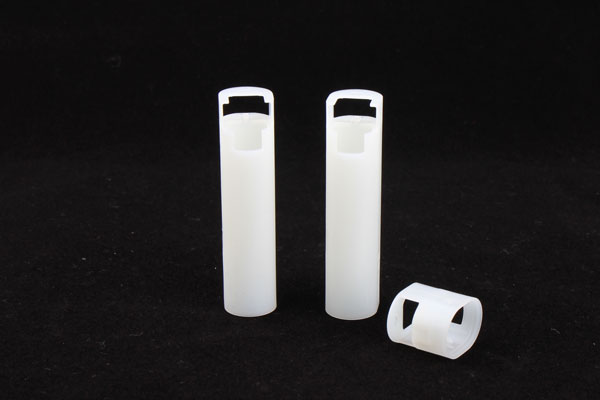
II. Solutions for Black Spot Defects
-
Raw Material Management
-
Strengthen Raw Material Inspection: Strictly check the raw materials upon arrival to ensure they are free from impurities and moisture. For example, one enterprise combines visual inspection with spectroscopic analysis to ensure the purity of raw materials.
-
Standardize Raw Material Storage: Store raw materials in a dry, clean environment and avoid mixing them with foreign materials. One enterprise adopts a closed warehouse and regularly checks the integrity of raw material packaging.
-
Optimize Raw Material Formulations: Reduce the dosage of additives or choose additives with higher stability. For example, one enterprise switches to a heat-resistant antistatic agent to reduce the risk of additive decomposition.
-
Equipment and Process Optimization
-
Regularly Clean Equipment: The barrel, screw, and nozzle of the injection molding machine need to be cleaned regularly to avoid residues of old materials. One enterprise adopts the method of purging with empty injection to effectively remove carbonized residues from the screw.
-
Adjust Process Parameters: Set reasonable melt temperatures, injection speeds, and mold closing speeds according to the characteristics of the raw materials. For example, one enterprise reduces the melt temperature by 10℃ when producing polycarbonate (PC) shells to reduce the risk of raw material decomposition.
-
Improve Mold Design: Optimize the materials of the mold's parting line, ejector pins, and sliders to reduce the generation of iron powder. One enterprise switches to stainless steel ejector pins and regularly lubricates them to reduce wear.
-
Environmental and Operational Standards
-
Maintain Production Environment Cleanliness: Install an air purification system in the workshop to maintain a dust-free or low-microorganism environment. For example, one enterprise adopts a Class 10,000 clean room to effectively reduce dust pollution.
-
Standardize Operational Procedures: Thoroughly clean the backup material bins, hoppers, and other parts during material changes to avoid residues of old materials. One enterprise formulates material change operational procedures and clarifies the cleaning steps and responsible personnel.
-
Strengthen Employee Training: Regularly train employees on injection molding processes and equipment operations to improve operational compliance. For example, one enterprise conducts monthly skill competitions to enhance employees' operational skills.
III. Case Study
A medical device enterprise encountered dense black spots on the surface of its polypropylene (PP) shells during injection molding production. Upon analysis, it was found that black fibers had mixed into the raw materials, and the injection molding machine's barrel had not been cleaned in a timely manner. The enterprise took the following measures:
-
Replace the raw material supplier and strengthen raw material inspection;
-
Regularly clean the injection molding machine's barrel using the method of purging with empty injection;
-
Optimize process parameters by reducing the melt temperature and injection speed.
After implementation, the defect rate of black spots on the products decreased from 5% to 0.5%, significantly improving the qualification rate.
IV. Conclusion
Black spot defects in the injection molding production of medical device shells require attention to multiple aspects, including raw material management, equipment and process optimization, and environmental and operational standards. By strengthening raw material inspection, regularly cleaning equipment, optimizing process parameters, and maintaining a clean production environment, the occurrence of black spot defects can be effectively reduced, thereby improving product quality and safety. Enterprises need to establish a comprehensive quality management system and continuously improve production processes to ensure that medical device shells meet industry standards and regulatory requirements.
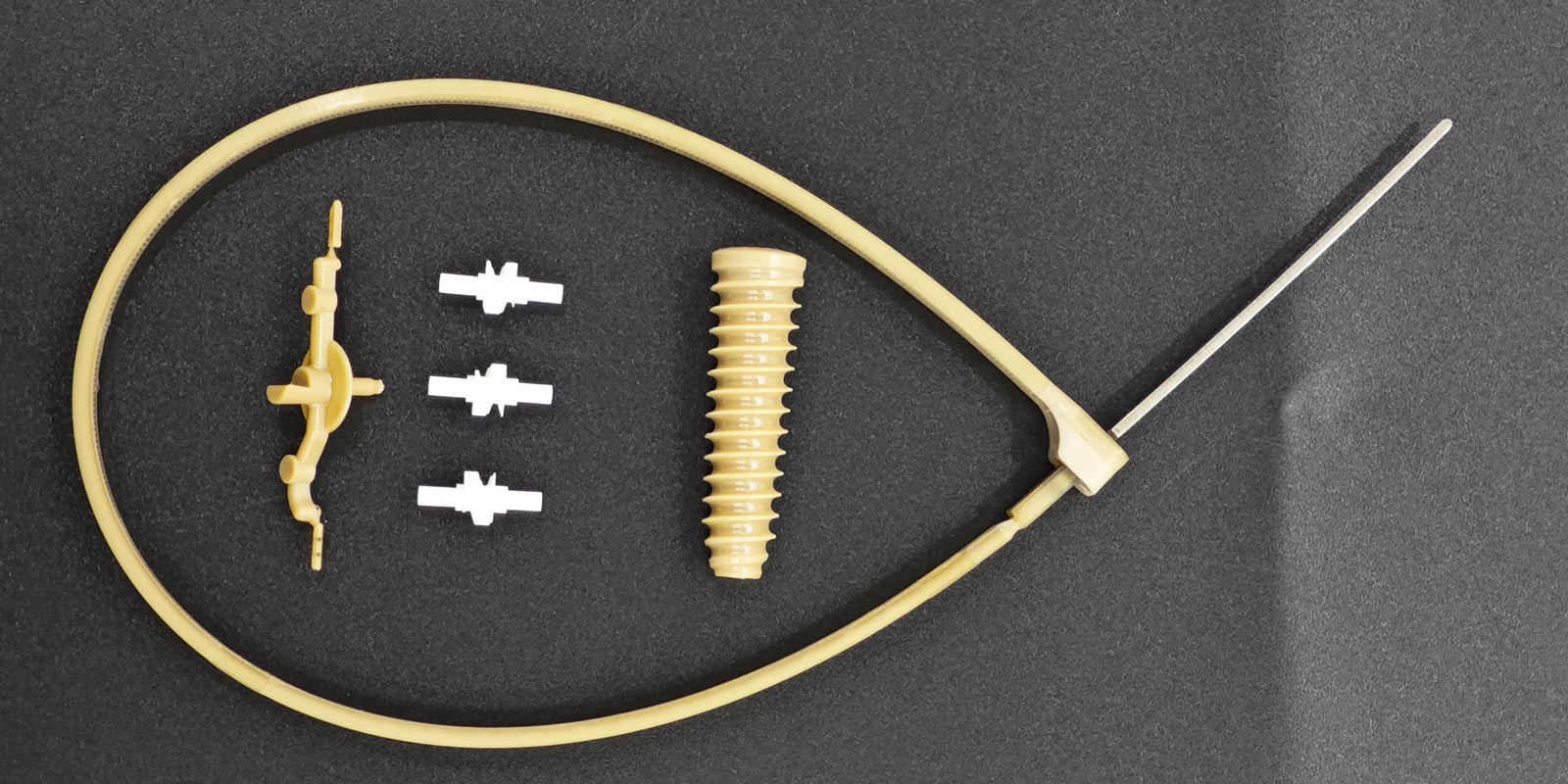
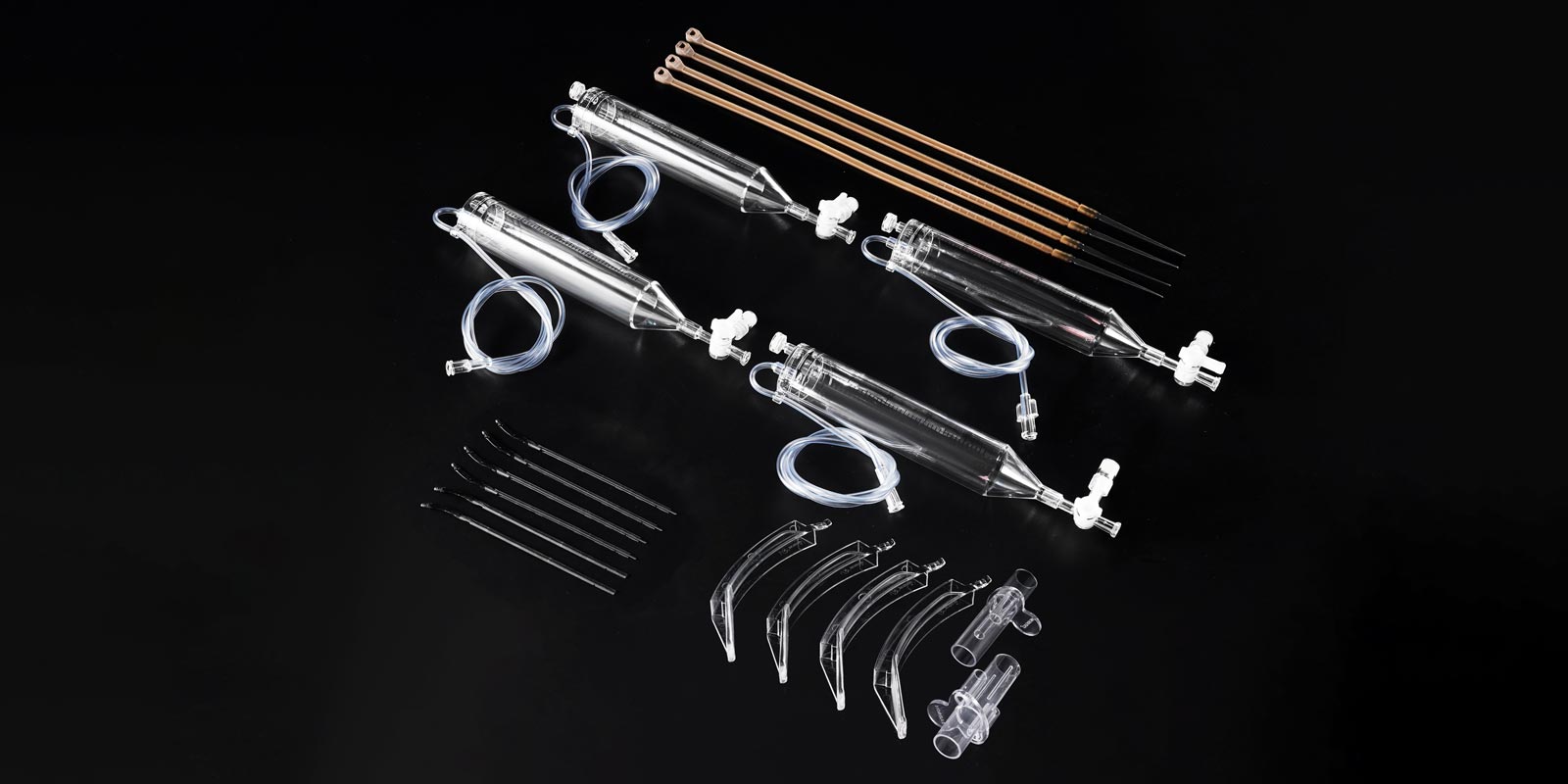
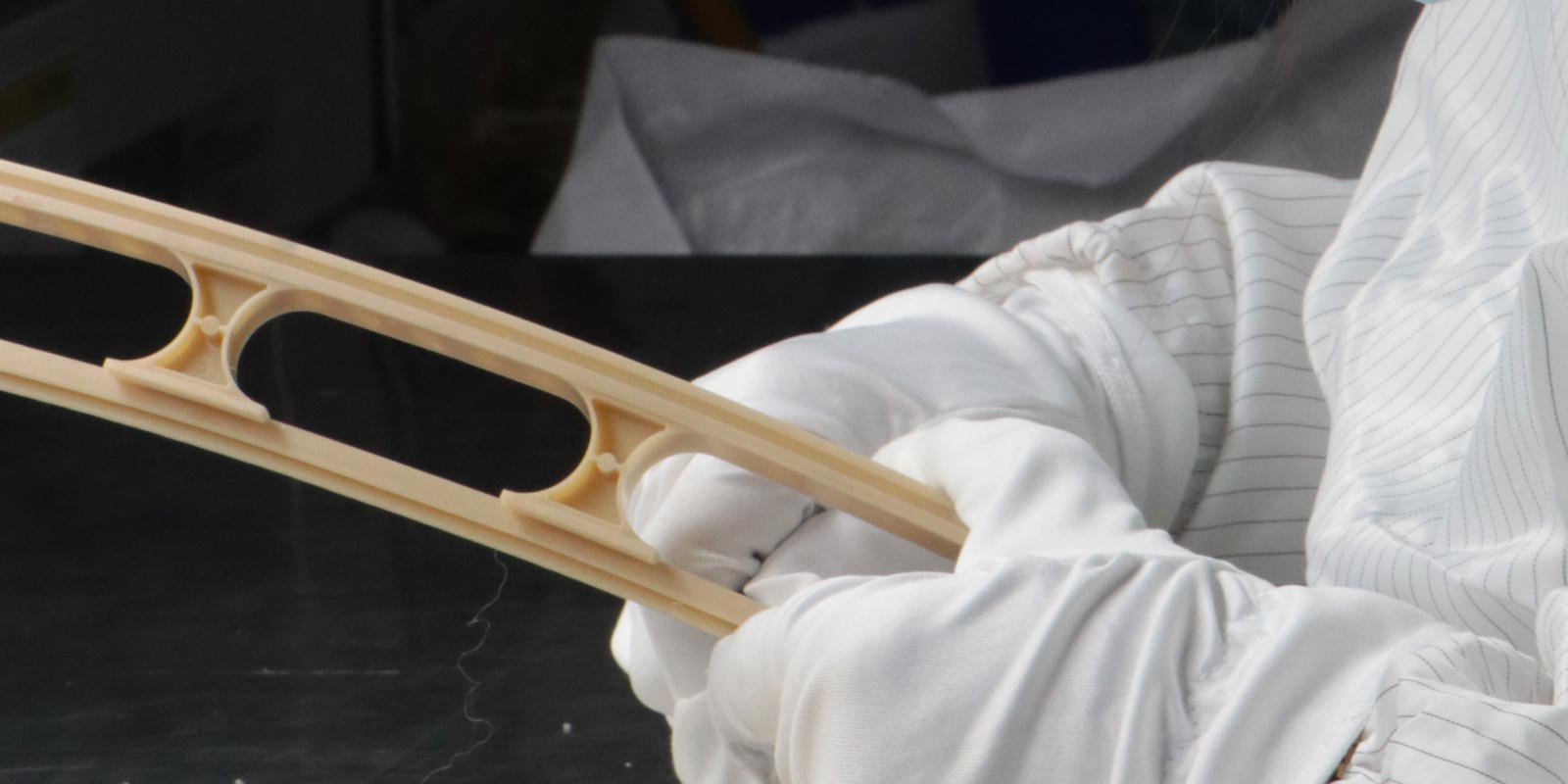
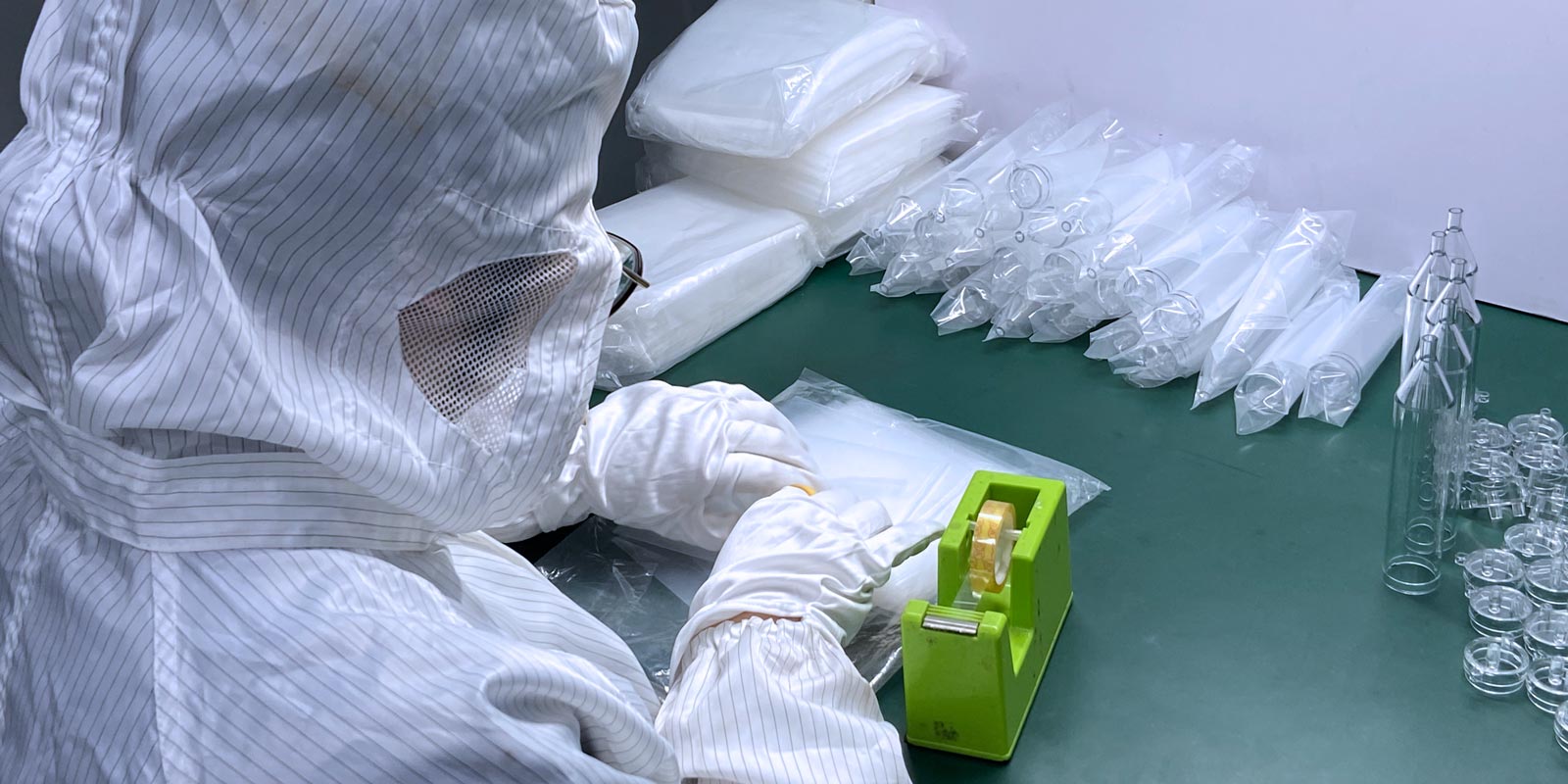
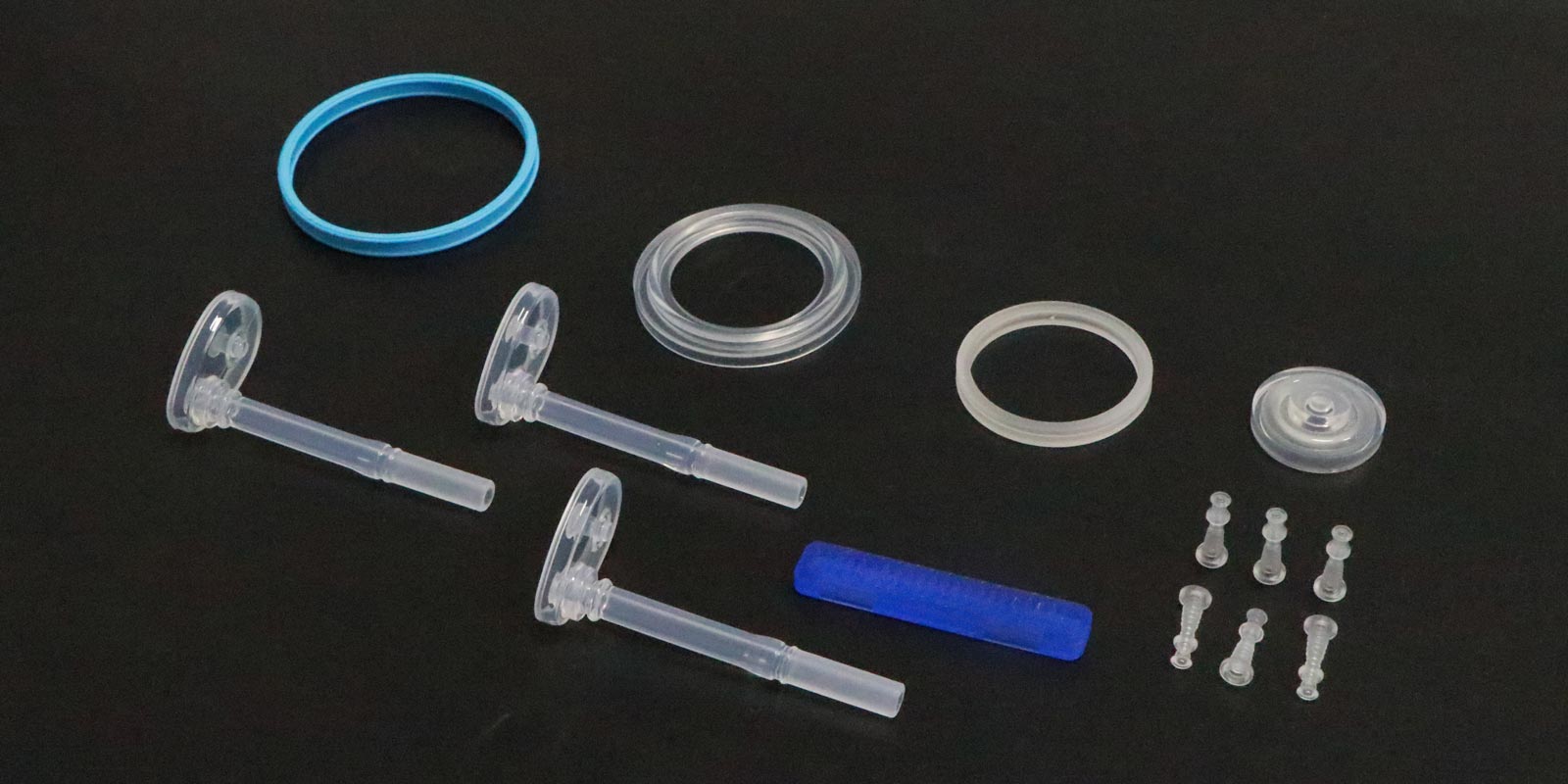
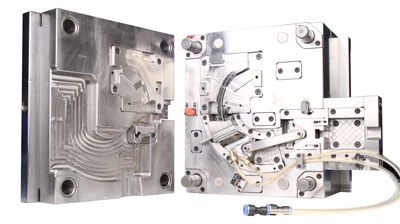
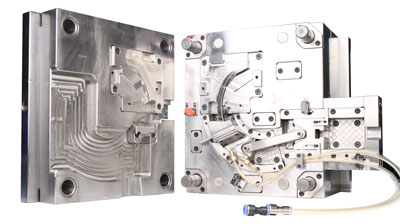
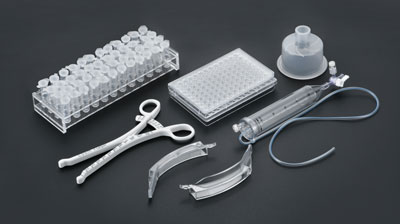








 Home
Home
